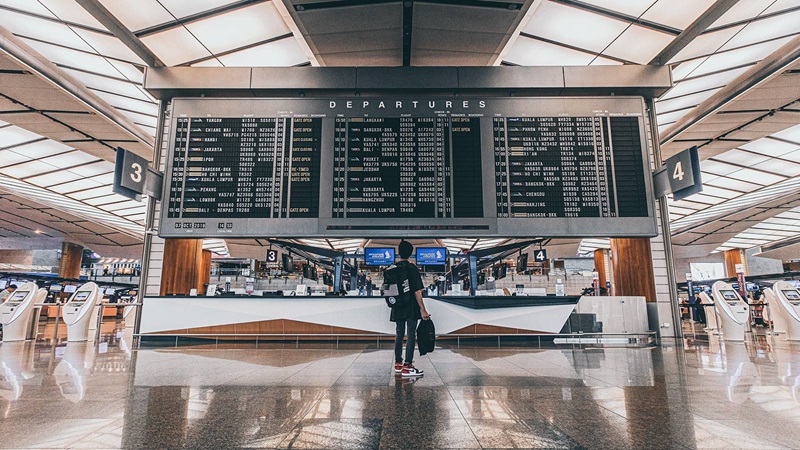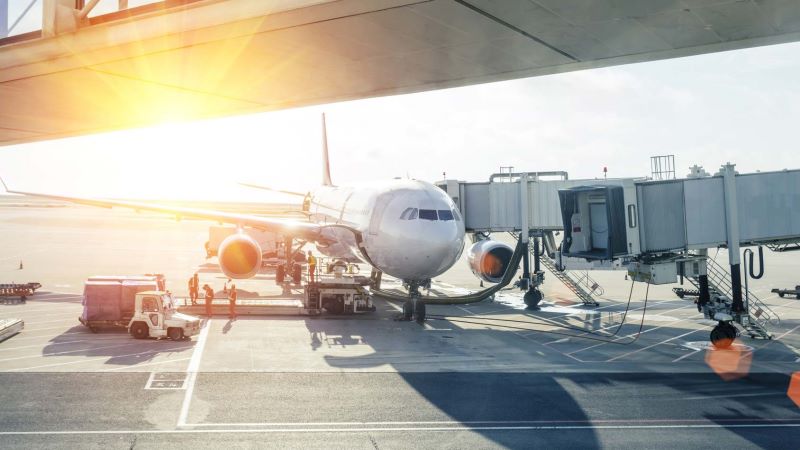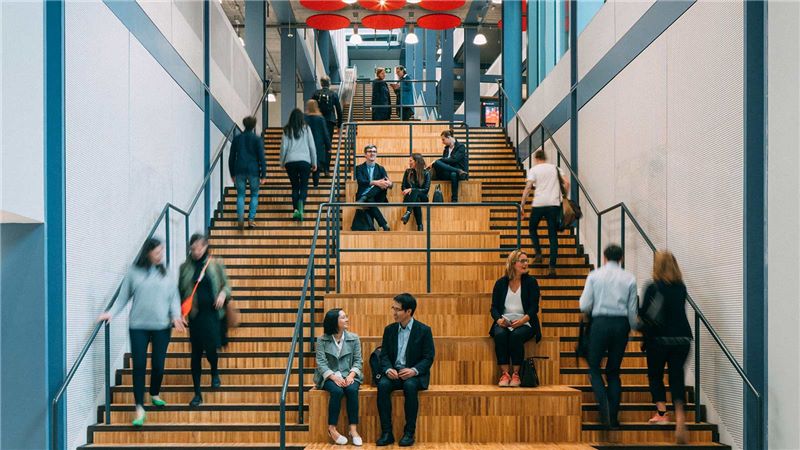The future of aviation: an opportunity for change
COVID-19 has hit the global aviation sector hard. The International Civil Aviation Organization estimates that, in a worst-case scenario, airline revenue losses in 2020 could reach US$386bn. If measured as a nation’s GDP in 2019, that figure would have ranked as the 32nd largest economy.
While it’s easy to paint a gloomy picture and, indeed, we mustn’t sweep the challenges under the carpet, I believe this period of adversity provides the sector with an opportunity to reset the dial, collaborate and rebuild in a way that meets the needs of a more socially and environmentally conscious global population.
To help foster collaboration in the sector, I recently hosted a virtual roundtable discussion with leading airport professionals. After receiving an address from John Holland-Kaye, CEO of Heathrow, the group set out to discuss the topics at the top of the sector’s agenda.
We covered a number of themes in a wide-ranging session but, below, I have drawn out the three overarching themes that generated most debate.
Building the airport of the future
Our guests agreed that creating a quicker, smoother, more integrated passenger experience, and ensuring a digitally enabled journey are fundamental to creating the airport of the future. They are intrinsically linked and, in a socially distanced world, need fast-tracking.
Michael McMillan from Qatar’s Hamad airport suggested that, if there is a COVID-19 silver lining for the sector, perhaps it’s that many of the projects being expedited to deal with the global health pandemic also address challenges airports have been grappling with for years.
I look to security is an excellent example of this. Advanced CT scanning – which allows phones, tablets, laptops and liquids to remain in baggage – is now higher on the agenda than ever before. The time saved not having to remove these items from bags was the main driver for the tech. Now, minimising surface contact has superseded that.
Removing contact points throughout a passenger’s journey is a critical health objective, but creating a touchless, digital journey is a massive challenge. Touchless technology is nothing new but, as noted by Darren Colderwood from Heathrow, its scope has grown to conflict with embedded health and safety practices, like holding the handrail on an escalator or transfer bus. Also, what of facial recognition in the age of the face mask?
It’s a considerable infrastructure challenge and something Carl Dainter, Mace’s Aviation Director for Consultancy, emphasised can only be achieved through collaboration and sharing of best practice. I couldn’t agree more; it will need airports, airlines, industry bodies, governments, consultants, contractors and suppliers to work together to find a sustainable solution.
Being a responsible industry
Another sector priority, discussed in detail, is decarbonisation. Prior to the pandemic, it was the number one issue – driven, in part, by the sector’s above average increase in carbon emissions since 1990 – and it is critical it doesn’t become a secondary consideration now. Promisingly, those on the roundtable seemed certain it would not.
John Holland-Kaye highlighted that all 13 of the One World Alliance airlines had recently committed to achieving net zero carbon by 2050 and pointed to efforts being made at Heathrow, such as a shift to an electric ground fleet; the theme of ‘everyone has to play their part’ resonating again.
Indeed, to address one of the biggest sector challenges – a move to more sustainable fuels – airports and airlines must work in harmony. Nigel Cole, Mace’s Aviation Director for Construction, pointed out that shifting away from hydrocarbons comes with an immense infrastructure burden for airports and huge research and development cost to airlines. There needs to be wholesale buy-in, coordinated trials (from which the findings are openly shared) and then a committed and consistent roll out of infrastructure that enables airlines to confidently make the change.
Although collaboration is key, it was clear to me during the roundtable that different airports in different nations will be able to capitalise on different opportunities. For instance, in Iceland, why wouldn’t Keflavik make the most out of the geothermal resource available to it? And, in Qatar, why wouldn’t Hamad utilise the abundant sun, wave and wind power? Positive opportunities such as these are going to become all the more pronounced in helping airports find a competitive advantage, while ensuring they become more responsible.
There is a considerable human element too. The wide-ranging social impact and influence of large-scale airports mustn’t be underestimated and improvements need to be made. Michael Cooper from Greater Toronto Airports Authority spoke of the challenge of noise, which can impact local communities around airports for a number of reasons, including when lesser used runways are assigned more activity due to adverse weather conditions. Local employment opportunities and the impact of expansion projects also need to remain firmly on the radar as we look to the future.
Overcoming barriers to progress
There are two main factors that are hindering progression more than anything else. At one end of the spectrum, it’s policy makers and the inconsistent guidance being offered by governments around the world. At the other end, it’s the passengers who look to governments for guidance and who, without it, lack the confidence to start flying again.
Paul Willis from Manchester Airports Group was in no doubt as to the severity of this challenge, saying that, even with a vaccine, COVID-19 isn’t going to disappear any time soon and so a truly collaborative solution needs to be found. This includes a vaccine, but also a clearer and more robust approach to testing, as mandated by governments, plus a recognition from within the aviation sector that more can and must be done to create a safe environment across the entire passenger journey.
A clear and consistent global testing regime is fundamental to the future of the sector, but there are pitfalls that need to be navigated. Knowledge share will help; during the roundtable, Daði Rúnarsson from Keflavik Airport highlighted how the excellent testing regime in Iceland has inadvertently led people into a false sense of security, resulting in less hand washing and mask wearing, not least during the departures process.
Collaboration and knowledge share is, in its own right, a barrier. As Tony Chisnall of Schiphol stated, the Schengen Area is struggling for a common approach at the moment and, if we can’t achieve consistency there, where can we?
In the shorter term, we can hope that more governments will adopt a risk-based approach, allowing flights to and from countries where cases and transmission rates of COVID-19 are low. The industry can play its part too. That could mean changes to airport layouts and an army of UV cleaning robots. It will take that and more to give passengers the confidence to start flying again, but with the long-term demand there and a willingness to collaborate, I’m confident the sector will get through this and come out the other end better.













